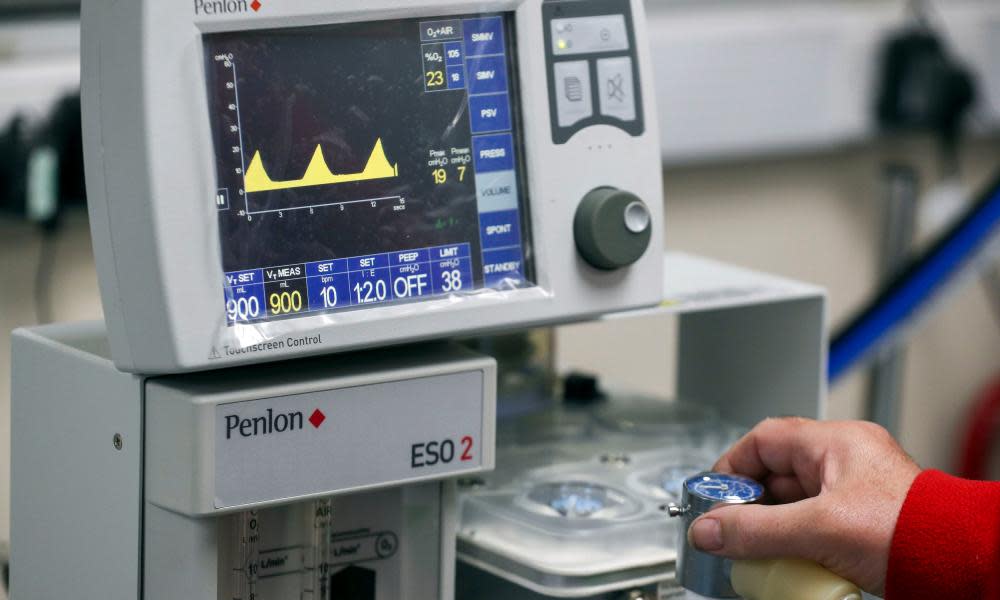UK manufacturers to export surplus medical ventilators

UK manufacturers are to export surplus medical ventilators after they produced 14,000 to treat coronavirus patients only to find that most were not needed.
Boris Johnson hailed the success of the “ventilator challenge”, which began in mid-March when he urged British industry to help produce up to 30,000 of the devices amid fears that NHS supplies could be overwhelmed.
“Thanks to these efforts, everyone who needed a ventilator has had access to one, and the NHS has the vital machines it needs to continue providing life-saving support against this deadly virus,” he said.
Official figures show that occupancy of medical ventilator beds reached a peak of 3,301 in April, indicating that demand peaked at less than half of the UK’s pre-pandemic capacity of nearly 9,000.
The prime minister called for 30,000 machines after early scientific modelling based on data from China indicated that vast numbers would be needed to treat Covid-19 patients.
The health secretary, Matt Hancock, later revised the target down to 18,000. But social distancing measures and a realisation among doctors that less invasive methods of ventilation were preferable meant NHS capacity was never stretched.
The Cabinet Office said on Friday that production on ventilator projects had stopped and that the leading model, produced by the specialist firm Penlon, had received approval for export.
Four different devices were approved for production during the effort, boosting the UK’s supply to 25,000.
The Cabinet Office said independent testing had shown that a further four designs, including the CoVent made by Dyson, could have been used.
Dr Tom Clutton-Brock, the director of the medical devices testing and evaluation centre, which tested the devices, said: “Designing, manufacturing and testing ventilators usually takes years. So it’s outstanding the progress which has been made in a space of months.
“Having tested all of these devices, it’s impressive that several new models met the regulator’s requirements. These models would all have been clinically usable as pandemic ventilators and could have supported large numbers of critically ill patients.”


